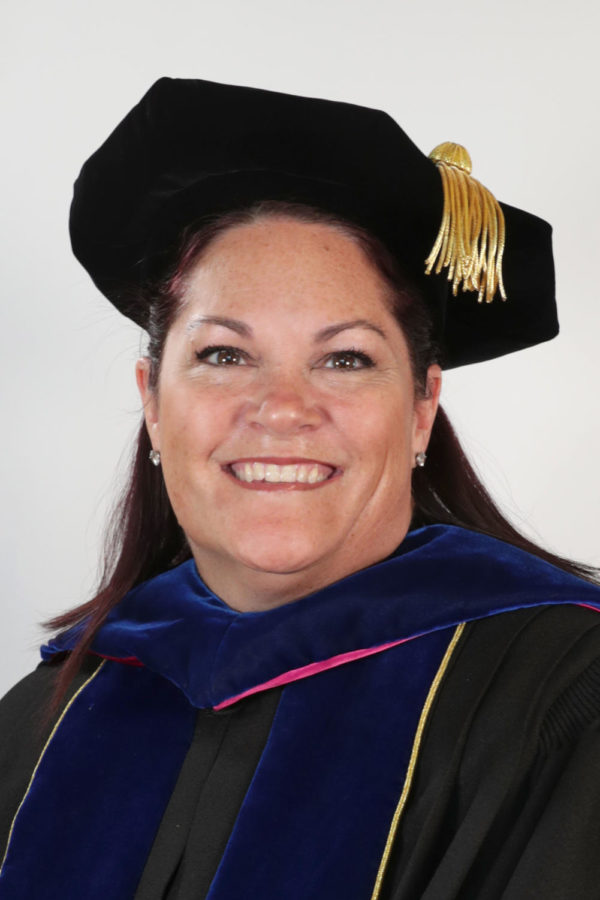Director of Asian Studies Keiko Miller firmly believes in transcultural studies and the bodily struggle.
Miller grew up in Ishikawa Prefecture, a rural region sometimes known as the “back of Japan.” She lived with her grandparents and an extended family of 10, which was comprised of four generations.
At age 12, Miller moved to New York City after her father found a job at an import/export company. Due to the high school language requirements at the time, Miller said, “I learned French and English almost simultaneously.”
She attended college at The State University of New York in Stony Brook, and she earned her master’s degree at The University of Wisconsin in Milwaukee. Now, as a professor of World Cultures, Miller teaches classes such as Asian Culture, Far Eastern Ideographs, Japanese, and Japanese Literature. She used to teach French, but she no longer has the time because the Asian Studies department is so busy.
As director of the department, Miller develops programs and makes sure that minors and certifications are available to students who major, for example, in business or intelligence studies. In addition, several Asian Studies students choose to study abroad in China or Japan.
Miller has led a study abroad trip in Ireland and fully endorses study abroad, which allows students to appreciate the “regionality of content.”
“We live in a safe, comfortable culture. Students want to know what else is out there,” Miller said. “In America, the transcultural element is half-cooked. There is no bodily struggle to understand the other side.”
Miller wants to take a humanitarian approach to understanding the post-colonial and globalized clashing of cultures.
“My effort to connect study to nature is to at least show students that they need to struggle for it,” she continued.
She explained that by the words “bodily struggle,” she means that she wants to see students exercise authenticity. She does not want to give students a system to follow; rather, she wants to engage students and help them find unique patterns and relationships.
She compares the process to blowing bubbles, in which no two bubbles come out exactly the same.
“I like seeing the wonderment of children watching the bubbles come out,” she said.
Outside of classes, Miller is writing a bilingual novel about generations of Japanese women and the tradition of sewing.
“I want to preserve some essence of the vernacular that’s being lost in Japan,” she said.
Miller advises students to live in moderation, to be true to themselves and not to be afraid to open up. “There’s strength in vulnerability,” she said.




